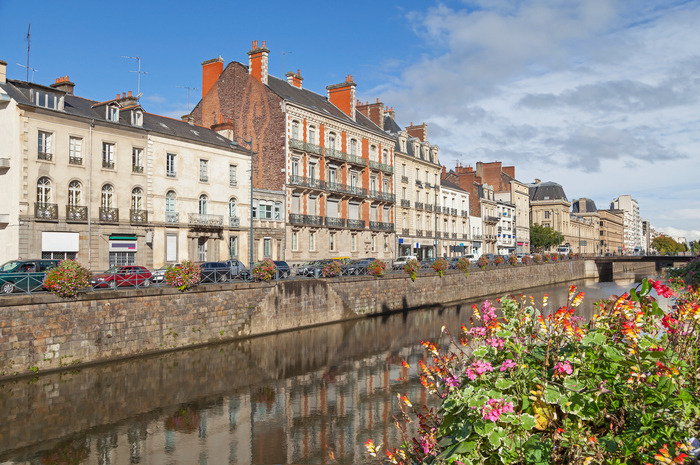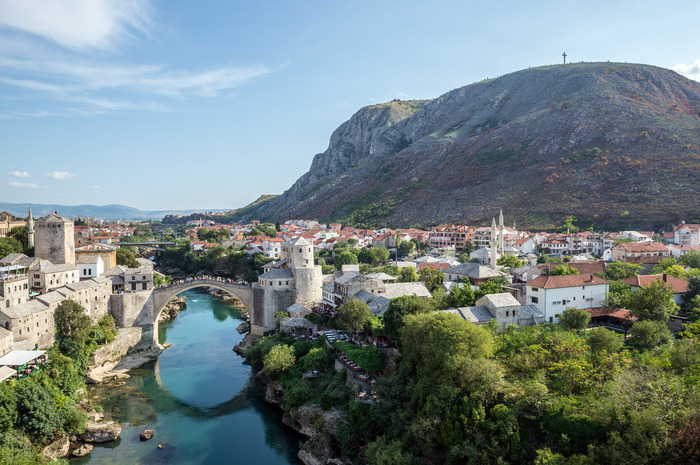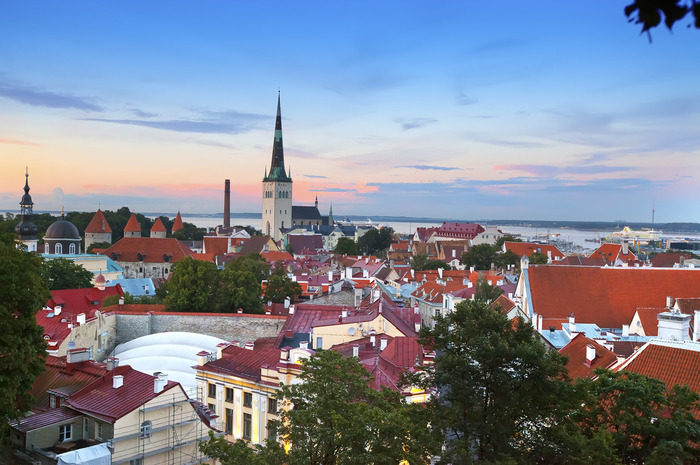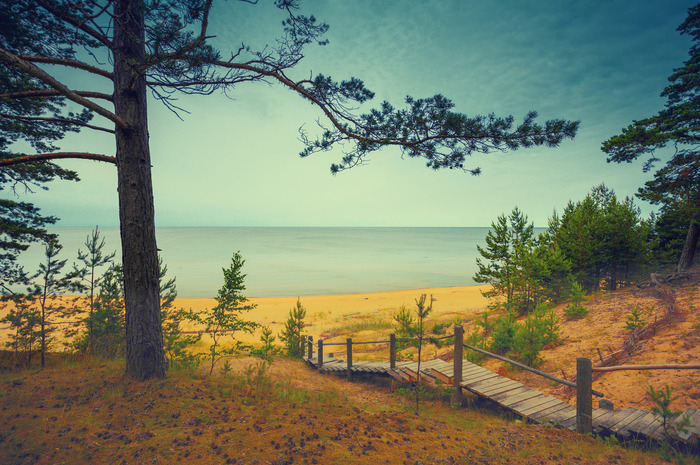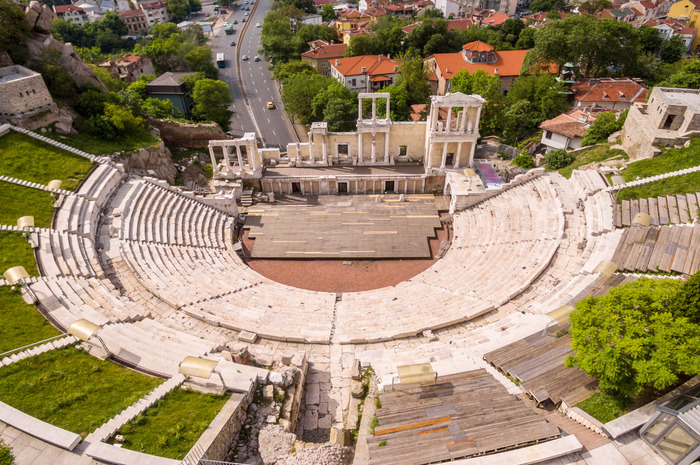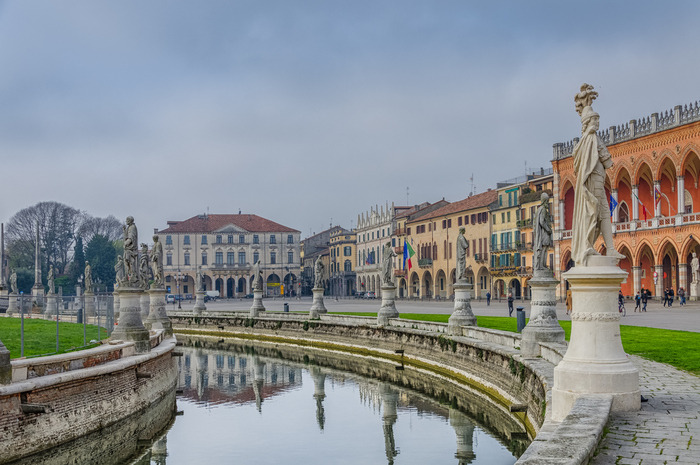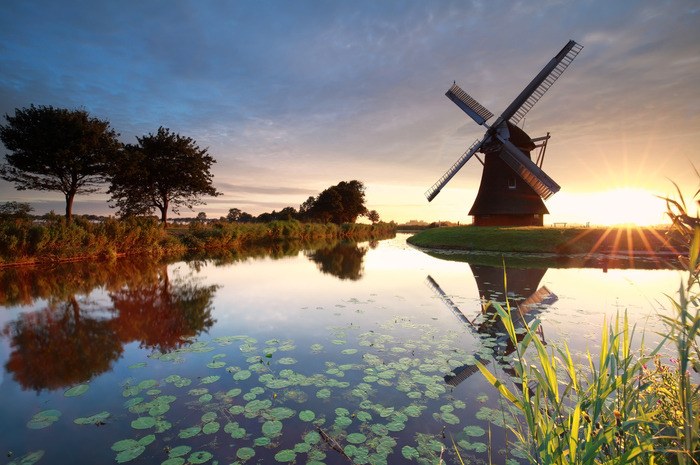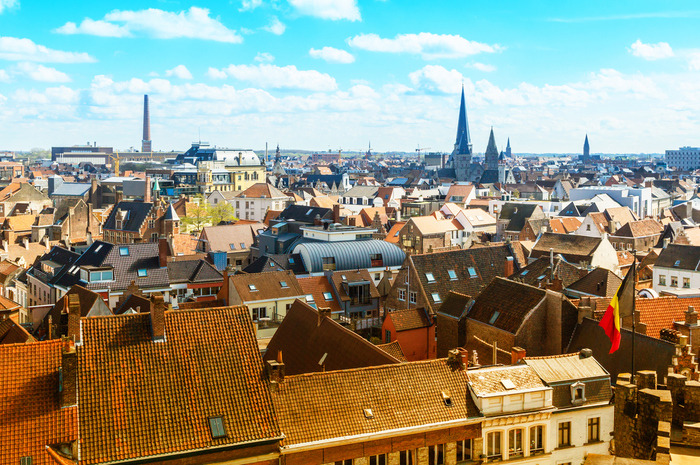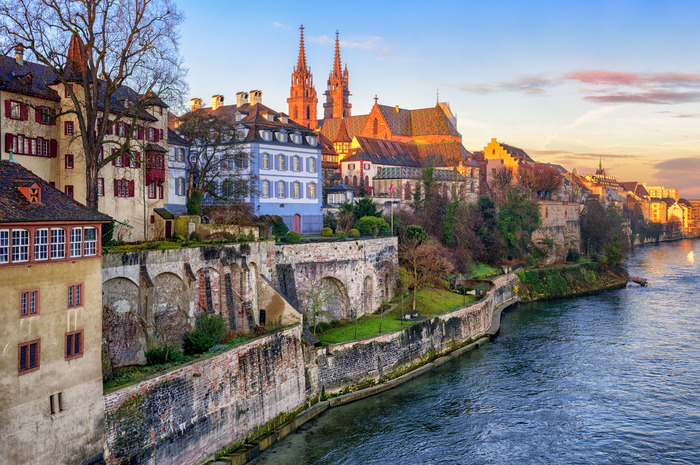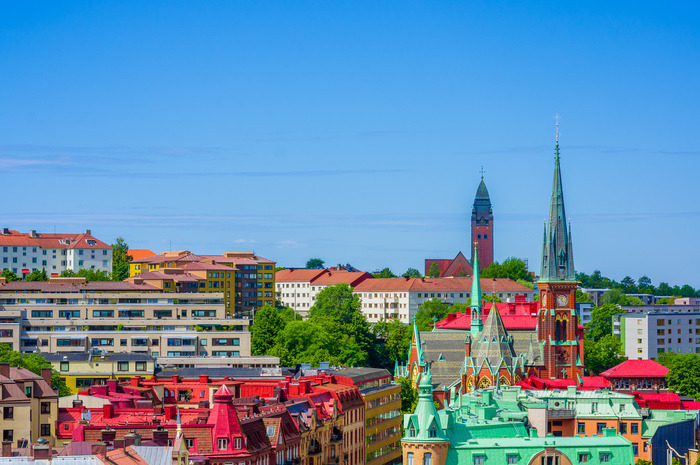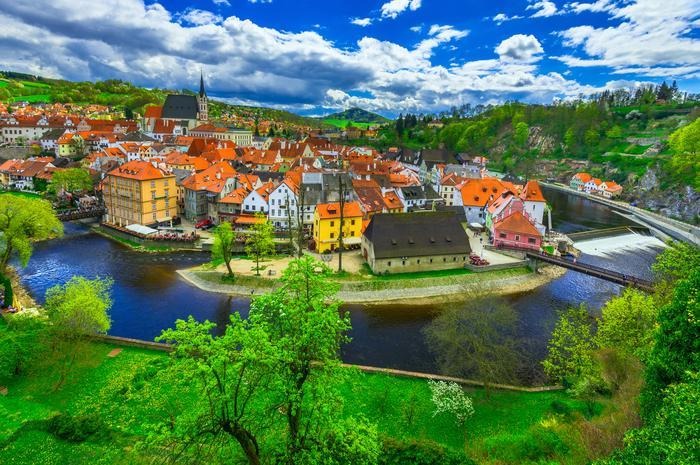Underrated European Cities You Should Seriously Visit
Underrated European Cities You Should Seriously Visit
Exploring the most popular cities in Europe is nothing to be ashamed of – as long as you have not been there yet. The problem with these hotspots is that they are often overcrowded, which turns them into overpriced, and ultimately tourist traps that must be avoided. Hidden gems also offer stunning architecture, rich history, bustling local culture, lively entertainment, and adventure opportunities. Even though songs are not written about them (yet), their enchanting atmosphere is appealing.
Split, Croatia
Split, located between mountains and sea, is the second largest city in Croatia and the largest city on the Adriatic coast, but it's always overshadowed by Dubrovnik. Split has just over 200,000 residents but it's a bustling city that is worth your time, even if you're going for a short visit. People usually see it as a transport hub. This is where you go if you want a peak of authentic Dalmatian life. Go to the Diocletian's Palace, explore the mighty coastal mountains, and swim in the turquoise waters of the Adriatic Sea.
Bratislava, Slovakia
The Slovakian capital is set along the Danube River and has a charming medieval feel because of its narrow, zigzagging streets, a hill-top castle, and colorful buildings. Bratislava markets itself as the "city where you find real life." Good Central European food, lively nightlife, great wine and interesting ancient history – Bratislava has it all. The architecture varies from gothic to Renaissance, baroque, neo-classic and empire.
Rennes, France
After people see Paris, they usually head south when they should be going north. Rennes is a beautiful and charming city in the northwest part of the country. People who admire architecture will be in awe of the medieval half-timbered houses and grand Rennes Cathedral. As is the case with every city in France, the food alone is worth a trip. Try the region's unique butter and crepes. Locals go to Rennes to have a good time and enjoy a lot of music festivals. A French study ranked Rennes the best city for foreigners to live in.
Mostar, Bosna and Herzegovina
Mostar will take your breath away with its Ottoman-era architecture. A main attraction is the Old Bridge, destroyed in 1990's and recently rebuilt. Thrill-seekers can jump off the bridge into the cold water; it's allowed. Mostar was almost completely destroyed during the Bosnian War; the village was under siege for nine months. Today, it's a charming little heaven on earth, but you can still see the bullet holes in the walls of the Red Cross building.
Tallinn, Estonia
Estonia is on our list of unforgettable bucket list trips you can do on a budget, if you want to go to a place with over 1,500 islands, sandy and rocky beaches, lavish forests and many lakes, but you don't want to spend a lot. The picturesque capital, Tallinn, is becoming a hotspot for Europeans because of cheap drinks, flamboyant parties and entertainment. But there is more to see. The city is one of the most preserved in Europe. It has an interesting mix of modern and medieval architecture.
Valencia, Spain
A typical tourist in Spain will first go to Barcelona, then Ibiza and Madrid. Sunny Valencia is left behind and it shouldn't. This is where you go for the best paella, innovative and avant-garde buildings. Valencia has historically been Spain's Mediterranean port and has that special charm of cities that are also seaports. The fine sand and pristine water, the massiveness of the sea and the nearness of the coastal mountains make the coast uniquely alluring, according to Spain.info.
Nida, Lithuania
A lot of people have never even heard of this small European, former Soviet bloc country. Nida, a primary settlement on Lithuania's side of the Curonian Spit, which is a World Heritage Site shared by Russia and Lithuania. It is a charming beach town that used to be a fishing village. The wooden cottages, vessels, white sand shorelines, rippling dunes, untouched beauty and pine forests used to be the inspiration for famous artists from the 19th century, according to Lonely Planet.
Plovdiv, Bulgaria
Bulgaria doesn't have a good reputation because of politics. However, this doesn't change the fact that there is a lot to see. Plovdiv, its second biggest city, dates back to 4000 BC. It started out as a Neolithic settlement. Plovdiv was selected to be the European Capital of Culture in 2019. It is the sixth oldest city in the world and the most ancient in Europe's oldest inhabited city. Plovdiv's best known attraction is the Roman Amphitheatre, which is still used for many theatrical performances and music concerts.
Padua, Italy
Skip the never-ending crowds in Venice and its stench and go straight to Padua, which is just 25 miles away. The college town has a lot of energy. You'll see Europe's first botanical garden, priceless frescoes by Giotto, and other unspoiled historical sites. Don't miss out on anything that you'll find elsewhere in Italy such as lively piazza marketplaces, bustling nightlife and beautiful art.
Groningen, the Netherlands
As an energetic university city, Groningen has the youngest average population in the Netherlands. Groningen is also a city with courage, with the most numerous examples of innovative design of local buildings. Bikes are the preferred method of travel, which will please people who don't like to sit in traffic. Make sure you visit the iconic free-standing and (seemingly) free-leaning Bjoeks climbing wall, known to most as Excalibur, one of the tallest in the world.
Ghent, Belgium
Bruges is a beautiful city but it often overshadows another place in Belgium that deserves just as much attention. The striking contrast between architectural masterpieces, exceptional authentic shops and a party culture, give it a unique vibe. Lonely Planet calls it "the best kept secret of Europe." Make sure you visit the medieval Castle of the Counts. Go on picturesque canal rides, eat the best Flemish food in the country, and visit the only design museum in the country.
Basel, Switzerland
Most people will go to Germany or France and skip Switzerland unless they want to ski. Cultural buffs will never be bored in Basel. It has 40 museums, the highest concentration in the country. Basel also has a beautiful Old Town, modern architecture, and the Rhine, which is among the best rivers for cruises. Basel's many different landmarks make it among the most unique on the continent. The Old Town, the Basel Minster, the Spalentor fortified gate, even the zoo – everything in Basel is worth the time.
Gothenburg, Sweden
This is a huge college town that loves to host festivals regardless of what season it is. If you want to see authentic Scandinavian culture and architecture, book a trip to Gothenburg. Plunge into the salty sea or paddle across a glittering lake – you'll love it all. Nature is always around the corner and the distances are short, according to Goteborg.com. You can easily travel on public transportation from cafés and city attractions, to cliffs or green forests in no time.
Dresden, Germany
Dresden has always been known as classic town with beautiful architecture until it was almost completely destroyed during World War Two. The people rebuilt it and it is now known as the Florence at the Elbe. Dresden is famous for having some of the best museums in the world and biggest colleges in the country. Go and see the Procession of Princes (Fürstenzug), the largest porcelain mural in the world. The beer gardens there are also of the quality you'd expect in Germany.
Český Krumlov, Czech Republic
Český Krumlov is a UNESCO World Heritage Site. If you want to experience authentic Czech culture and architecture, visit this small village, and skip the increasingly popular Prague. The most famous building is the Český Krumlov castle, which was built in the 13th century. Most other structures, including cafes and bars, are in renaissance and baroque styles. The village was largely left untouched even during Communist times.


